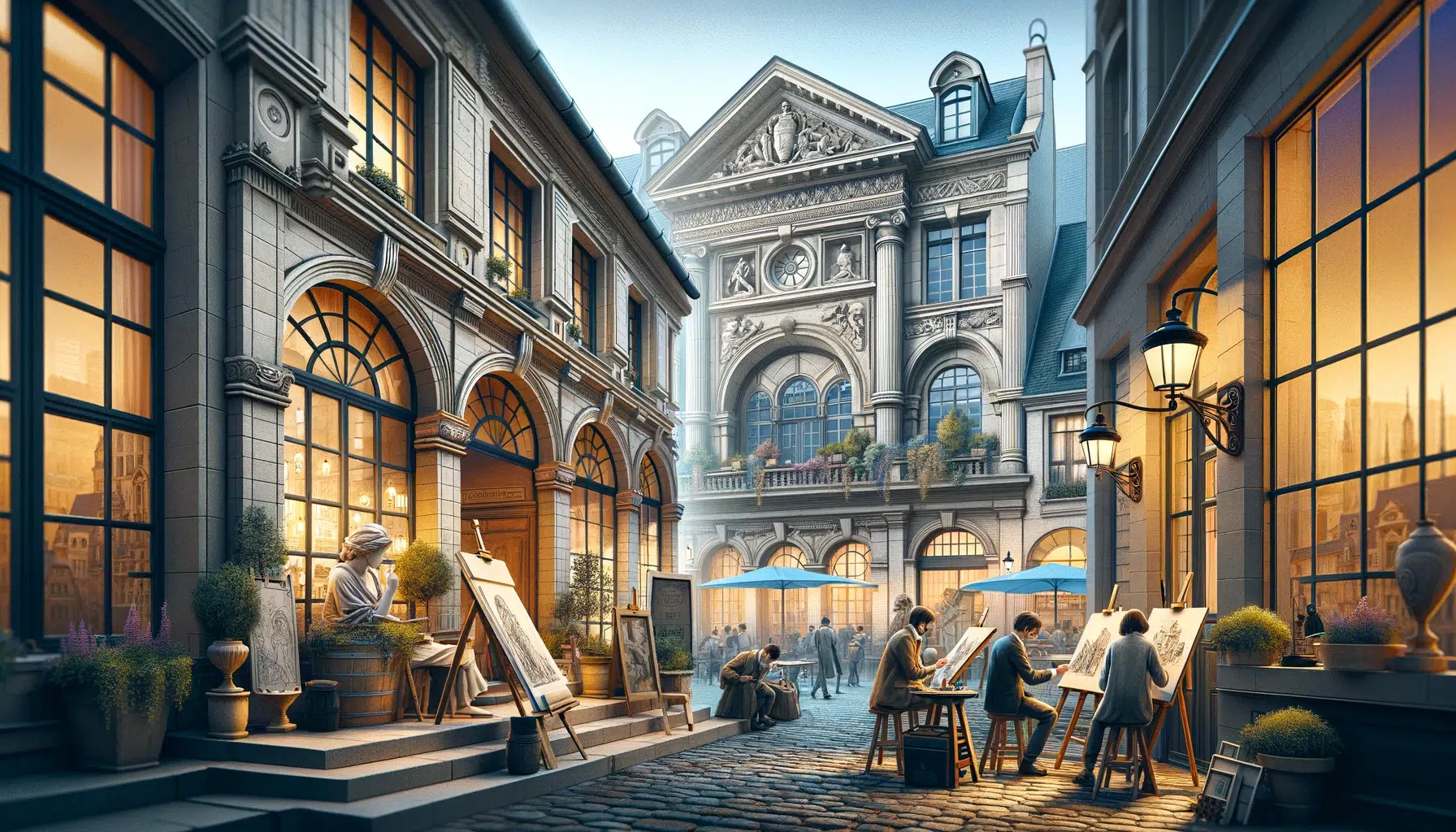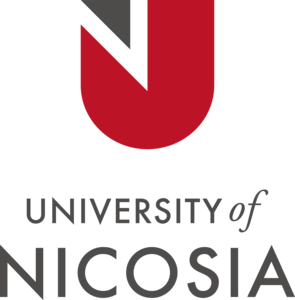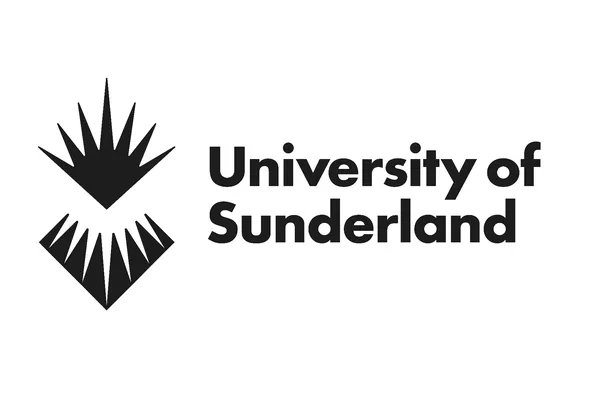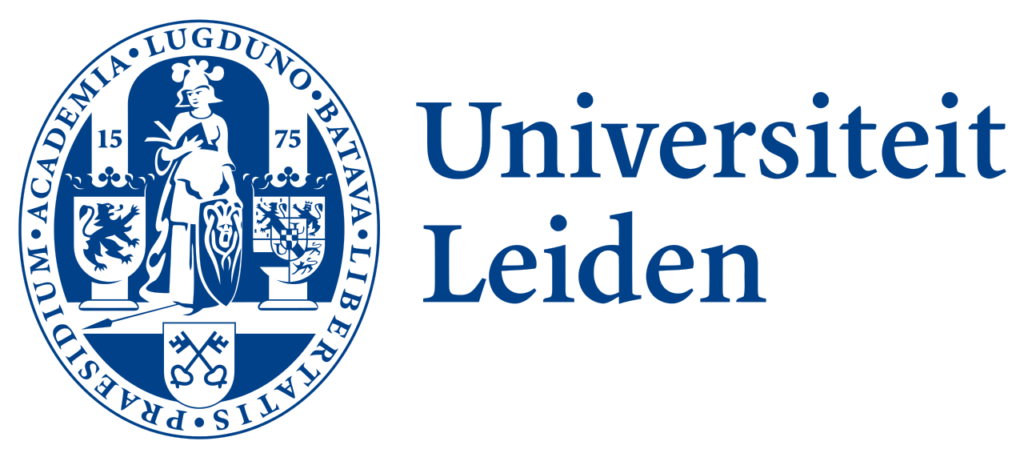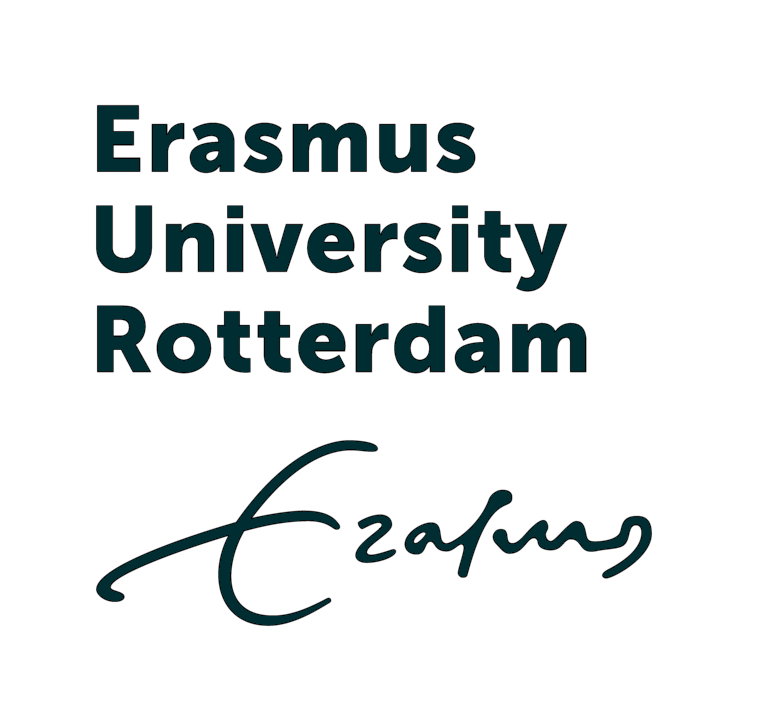Best Art Schools in Europe Taught in English
Europe is home to a rich artistic heritage and has long been a destination for aspiring creatives seeking a quality education. Ranging from classical painting to contemporary multimedia practices, a number of prestigious art schools in Europe offer programs taught in English. This gives students from around the world the unique opportunity to be immersed in different cultures while studying their chosen art discipline.

Today’s globalized world demands versatile artists, and many of these European art schools respond by nurturing creativity, innovation, and interdisciplinary thinking. In addition, these institutions focus on providing support for international students, ensuring adequate language and accessibility for those who choose to study art in Europe.
Key Takeaways
- Top European art schools offer a variety of programs and courses in English
- Students can expect a comprehensive education in a culturally diverse environment
- Admission requirements, costs, and other factors may vary between institutions
Identifying Top Art Schools in Europe

Rankings and Reputation
When it comes to choosing the best art schools in Europe taught in English, considering the rankings and reputation of various institutions is crucial. One prominent school is the Royal College of Art, located in the United Kingdom, which consistently tops the list of best art schools globally. Another renowned institution is the University of the Arts London, offering a diverse range of artistic disciplines and boasting impressive alumni in the creative fields.
Other notable European art schools include the Royal Danish Academy of Fine Arts in Copenhagen, providing a history-rich creative environment, and the Glasgow School of Art in Scotland, which is a leading institution for higher education in the visual arts.
Here are a few top art schools in Europe taught in English:
1. Royal College of Art (RCA)

Located in London, the Royal College of Art is the world’s only entirely postgraduate art and design university. It offers a range of specialized programs in fine arts, design, architecture, and humanities. RCA is known for its innovative approach to art education, emphasizing critical thinking, experimentation, and interdisciplinary collaboration. Students benefit from access to industry connections and state-of-the-art facilities, making it a top choice for those seeking a rigorous and immersive art education in the heart of London.
2. University of the Arts London (UAL)
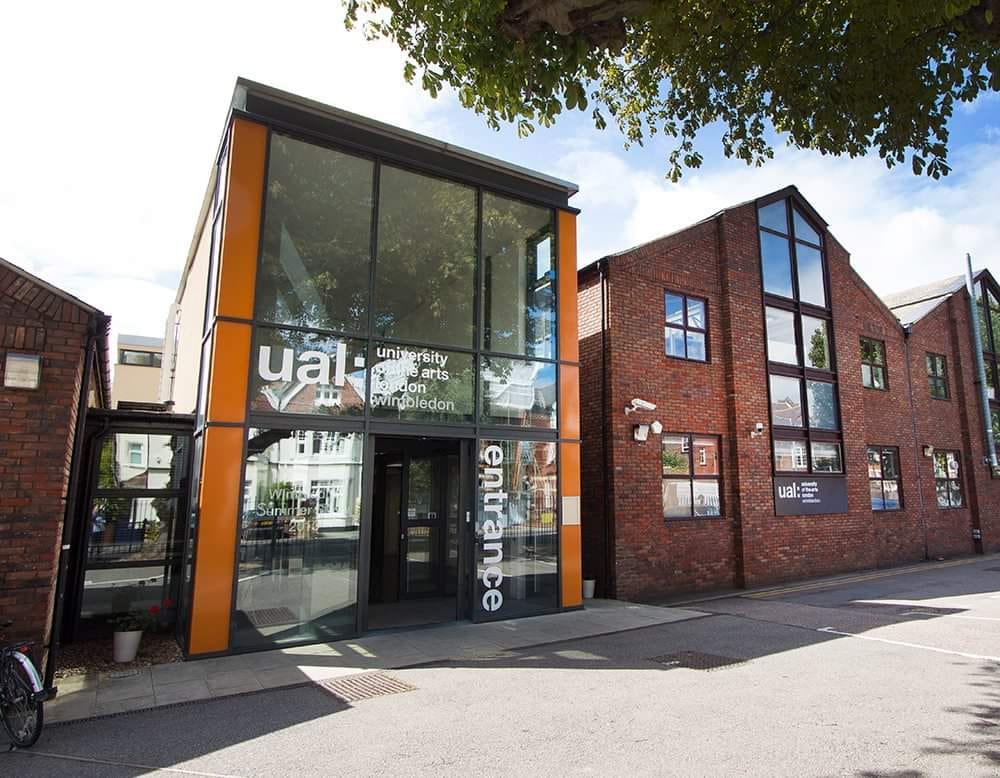
The University of the Arts London comprises six renowned colleges: Central Saint Martins, London College of Fashion, London College of Communication, Chelsea College of Arts, Wimbledon College of Arts, and Camberwell College of Arts. UAL offers a diverse range of undergraduate and postgraduate programs in fine arts, design, fashion, and communication. Its campuses are spread across London, providing students with a vibrant and culturally rich environment. UAL is celebrated for its emphasis on creativity, innovation, and industry engagement, offering students numerous opportunities to collaborate with professionals and participate in exhibitions and shows.
3. Royal Danish Academy of Fine Arts

Based in Copenhagen, the Royal Danish Academy of Fine Arts has a long-standing history of fostering artistic talent. It offers a comprehensive curriculum that encompasses fine arts, architecture, design, and conservation. The academy encourages a hands-on approach, promoting craftsmanship and traditional skills alongside contemporary techniques. Students can enjoy a collaborative environment with a focus on sustainability and social responsibility. The academy’s unique location provides exposure to Danish design culture and a close-knit artistic community.
4. Glasgow School of Art (GSA)

Situated in Scotland, Glasgow School of Art is renowned for its creativity, innovation, and distinctive approach to art education. GSA offers programs in fine art, design, and architecture, with a strong emphasis on experimentation and critical thinking. The school’s historic Mackintosh Building, designed by Charles Rennie Mackintosh, is a symbol of its commitment to artistic heritage. Glasgow’s vibrant cultural scene and rich artistic history create a stimulating environment for students. GSA’s approach to teaching encourages collaboration across disciplines, providing a well-rounded and dynamic art education.
Cultural Significance and History
Europe is well-known for its artistic legacy and cultural heritage, which greatly influence the educational experiences provided by its art schools. The continent has produced countless celebrated artists, giving these institutions a rich history to draw upon while educating aspiring creatives. By attending one of these prestigious European art schools, students can immerse themselves in the artistic traditions that have shaped the cultural landscape of the continent.
At the Royal Danish Academy of Fine Arts, for example, students can gain insights into the artistic techniques that emerged from the heart of Western Europe throughout history. Similarly, the University of the Arts London and Royal College of Art provide an exceptional opportunity to study in a city that has long been an epicenter of the arts, promoting innovation and creative thinking.
In conclusion, to determine the best art schools in Europe taught in English, it is essential to consider both the reputation and rankings of each institution, as well as the cultural significance and history behind them. By doing so, prospective students can make well-informed decisions that will ultimately shape their creative careers.
Programs and Courses Offered
Undergraduate Programs
European art schools offer diverse and well-rounded programs in various fields such as fine art, design, architecture, and fashion. These art schools have strong programs with bachelor’s degrees in fine arts and design. Undergraduates can choose from various specialized areas like graphic design, photography, sculpture, painting, product design, and interior design.
Postgraduate Programs
For students looking to further their artistic education at a higher level, most European art schools offer postgraduate degrees too. These include Master’s degrees in a wide range of disciplines, such as art history, fine arts, design, fashion, and architecture. Postgraduate programs can help students deepen their understanding of their chosen fields, develop their skills, or specialize in a new area of interest.
Specialized Streams
In addition to traditional undergraduate and postgraduate programs, some art schools in Europe offer specialized streams to meet the diverse needs and interests of students. These specialized streams may encompass areas such as nature photography, sustainable architecture, or experimental fashion design. These courses and programs enable students to forge a more focused path in their artistic careers and cater to the rapidly evolving needs of the global art and design industries.
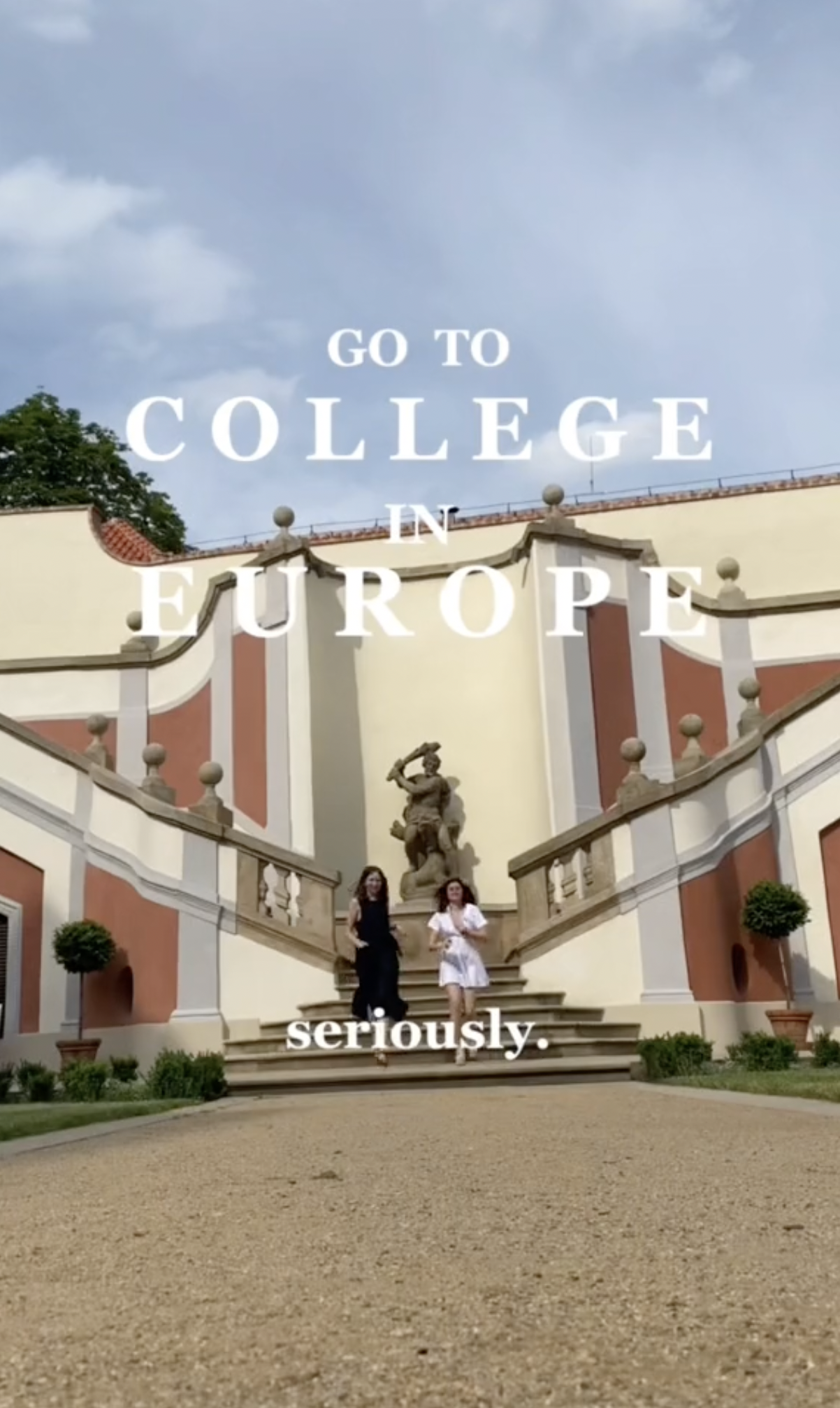
Your Future Awaits – Explore English-Taught Programs in Europe!
Start your international academic journey today!
Language and Accessibility
English-Language Programs
Many art schools in Europe recognize the importance of English as a global language and offer English-taught programs to cater to a wider range of international students. These programs enable students who are proficient in English, but may not speak the local language, to access high-quality art education in various European countries. In many cases, students are able to complete their degrees entirely in English, thereby ensuring academic stability throughout their studies. English-language art programs provide opportunities for international collaboration, exchange of ideas, and exposure to different artistic perspectives.
Support for International Students
Art schools in Europe are well aware of the diverse needs of international students and strive to provide support tailored to their language and academic needs. Most institutions offer comprehensive support services, including language courses to help students improve their English language proficiency. Additionally, many schools provide resources to help students understand and navigate language requirements for their specific programs.
For students who may not be native English speakers or may not have sufficient language proficiency, some art schools provide specialized English language courses that focus on academic English. These courses are designed to equip students with the necessary language skills to succeed in an English-taught art program.
To cater to the varying needs and backgrounds of international students, art schools in Europe provide extensive resources, such as multilingual support staff, academic advisors, and dedicated international offices. These resources assist students in adjusting to their new academic environments, addressing any language-related challenges, and integrating seamlessly into the vibrant artistic communities of their chosen institutions.
In summary, English-language art programs and dedicated support services in European art schools provide numerous opportunities for international students. They ensure academic success, while fostering communication and collaboration among artists from different cultural and linguistic backgrounds.
Admission Process and Requirements
The admission process and requirements for the best art schools in Europe taught in English varies based on the institution. However, most schools require similar documentation, assessments, and qualifications to be met for entry into the desired program. Let us take a look at some common admission criteria and the documentation required.
Admission Criteria
Most art schools in Europe have some standard admission criteria that applicants need to fulfill. These criteria typically include:
- Academic Qualifications: A high school diploma, baccalaureate, or a recognized equivalent is required. Some institutions may also need a minimum grade point average or specific prerequisites in arts-related subjects.
- Portfolio: A portfolio showcasing the applicant’s artistic abilities is necessary. This compilation of their best work helps evaluate their skill level and potential; the specific requirements for each school’s portfolio may vary.
- Language Proficiency: Since the programs are taught in English, a proof of English proficiency, such as an IELTS or TOEFL score, is needed. Threshold scores may differ per institution.
- Personal Statement: A well-written personal statement where applicants discuss their background, goals, and reasons for pursuing the program is vital.
- Letters of Recommendation: Strong letters of recommendation from teachers or mentors who can vouch for the applicant’s skills and dedication can strengthen the admission process.
- Motivation Letter: Some schools may ask for a motivation letter, detailing the applicant’s reasons for selecting the institution and the motivation behind applying to their chosen course or art discipline.
Documentation and Proofs
The required documents will differ based on the institution’s rules, but here is a list of common documentation needed for the application process:
- Transcripts from high school, secondary education, or prior university studies completed, with English translations if necessary.
- Copies of any diplomas, certificates, or awards achieved in the arts or other fields.
- Proof of English proficiency, illustrated through test scores or certificates.
- Digital or physical portfolio, as per the institution’s guidelines
- Personal statement and motivation letter
- Letters of recommendation
- Curriculum vitae or resume
Moreover, the applicant may need to pay an application fee to submit their application, which differs from school to school. Additionally, tuition fees vary for each institution and may depend on factors such as whether students come from EU or non-EU countries.
Finally, applicants should keep track of deadlines and application windows, as meeting these timelines is crucial for successful admission. Keeping in close contact with the relevant school offices and counselors can help ensure a smooth process.
Costs and Financial Aid
Tuition and Living Expenses
When searching for the best art schools in Europe taught in English, it’s crucial to consider tuition fees and living expenses. Tuition fees in European art institutions tend to vary greatly depending on the country and the school. However, it’s important to note that some countries in Europe offer affordable education or even free education for international students.
Typically, the tuition fees for art schools in Europe range from €5,000 to €30,000 per academic year at undergraduate level. Here is a brief overview of the fees at some of these schools:
- School 1: €10,000 to €15,000 per year
- School 2: €20,000 to €25,000 per year
- School 3: €5,000 to €10,000 per year
In terms of living expenses, students should expect the cost of living to vary depending on the country and city they choose to study in. On average, the living expenses can range from €800 to €1,500 per month. This includes housing, food, transportation, and other miscellaneous costs.
Scholarships and Funding
Many European art schools offer scholarships and financial aid to help students cover tuition and living expenses. Students are encouraged to research and apply for these opportunities early, as some scholarships have limited availability and deadlines.
Some scholarships and funding options available for international students at European art schools are:
- Merit-based scholarships: Awarded to students who demonstrate exceptional talent in the arts or academic achievements.
- Need-based scholarships: Provided to students who demonstrate financial need and might otherwise not be able to afford the costs of studying in Europe.
- Country-specific scholarships: Some countries and institutions offer scholarships specifically for students from certain countries or regions.
Additionally, there are external organizations and foundations that offer funding for students who wish to study art in Europe. These scholarships may be country-specific, discipline-specific or open to students from all backgrounds. It’s essential to spend time researching available scholarships, their requirements, and application processes to maximize the chances of obtaining financial assistance for studying in Europe.
Career Prospects and Alumni Networks
Career Services and Support
Art schools in Europe that offer courses in English are known for providing a solid foundation for students to build their art careers. These institutions often have dedicated career services designed to help students and alumni find their footing in the professional world. These services include assistance in portfolio building, job placement, internships, and networking opportunities. Students can make use of these offerings to not only kickstart their careers but also build a robust professional network.
Many European art schools also understand the importance of alumni networks in providing additional support and opportunities for their graduates. Forming connections with fellow alumni can open doors to new opportunities, collaborations, and potential employment. Additionally, alumni networks often facilitate events, workshops, and mentorship programs to further equip students and graduates with the necessary skills and knowledge to succeed in the art world.
Alumni Achievements and Awards
Graduates from European art schools have made significant contributions to the global art scene. With strong foundations in education and support from their respective institutions, many alumni have gone on to achieve remarkable success in their art careers. Notable examples of alumni success can be seen through numerous accolades and awards, such as the prestigious Finlandia Prize.
These awards not only highlight the accomplishments of individual artists but also showcase the impact of these art schools on the overall quality and innovation within the international art community. The recognition and achievements of alumni serve as a testament to the benefits of attending European art schools taught in English, emphasizing their effectiveness in preparing students for successful careers in art.
In conclusion, students pursuing studies in European art schools can expect excellent career services, support, and alumni networks to help them forge a successful art career. By connecting with their fellow graduates and taking advantage of available resources, students can make the most of their education and transition smoothly into the professional art world.
Student Life and Extracurricular Activities
Workshops and Seminars
In many top art schools in Europe, students have access to a variety of workshops and seminars to enhance their learning experience. These events provide opportunities to gather inspiration from industry experts, learn new techniques, and foster creative communities. It is not uncommon for schools to host renowned guest lecturers from different parts of the world to expose students to diverse perspectives and artistic disciplines.
In addition to formal workshops and seminars, many schools also offer informal events and meetups where students and faculty can engage in dialogue, share ideas, and support one another in their creative pursuits. These gatherings can be a valuable source of inspiration and encouragement for students, helping them grow both personally and professionally.
Art Exhibitions and Events
Art schools in Europe are known to host various art exhibitions and events throughout the year. These events serve as a platform for students to showcase their work, gain exposure, and receive feedback from peers, instructors, and industry professionals. Additionally, attending exhibitions by established artists from different cultural backgrounds can spark new ideas and provide invaluable inspiration.
- Examples of events include:
- Degree shows where final year students present their work
- Open studio events where students can explore their peers’ creative spaces
- Collaborative exhibitions with other universities and institutions
Students also have the opportunity to participate in and attend international art fairs and festivals that take place in major European cities, further enriching their academic experience. By engaging in these extracurricular activities, students can build valuable connections with peers, mentors, and the wider art community, ultimately contributing to their development as artists and individuals.
Geographical Considerations
When considering the best art schools in Europe that offer programs in English, it’s important to take into account the geographical location of these institutions. This section will discuss art schools in urban settings, as well as provide an overview of institutions by regions.
Art Schools in Urban Settings
In major cities such as Paris, London, and Berlin, renowned art schools offer English-taught programs. These schools often benefit from their urban settings, providing students with a diverse cultural scene and opportunities for networking with prominent artists and organizations.
- In Paris, France, the Paris College of Art offers a range of English-taught art programs.
- London, UK, boasts numerous reputable art schools, such as the Slade School of Fine Art and the Royal College of Art.
- In Berlin, Germany, the Berlin University of the Arts is well-known for its art programs taught in English.
Institutions by Regions
In addition to urban settings, world-class art schools in countries like the Netherlands, Finland, Norway, Austria, Belgium, Ireland, and the Czech Republic also offer English-taught programs. Here is a brief overview of art schools in these regions:
- Netherlands: The Gerrit Rietveld Academie in Amsterdam and the Royal Academy of Art in The Hague both offer art programs in English.
- Finland: The University of the Arts Helsinki provides English-taught art programs in various disciplines.
- Norway: Oslo’s Oslo National Academy of the Arts is well-regarded for its English-taught art programs.
- Austria: The University of Applied Arts Vienna offers a range of art programs taught in English.
- Belgium: Art students in Belgium can find English-taught programs at the Royal Academy of Fine Arts Antwerp and the LUCA School of Arts in Brussels.
- Ireland: The National College of Art and Design in Dublin offers various art programs in English.
- Czech Republic: The Academy of Arts, Architecture, and Design in Prague provides English-taught art programs.
Taking into consideration the geographical location and preferences, students have numerous options when choosing the best art school in Europe that offers programs in English.
Innovation and Interdisciplinary Studies
Technological Integration
European art schools, such as Design Academy Eindhoven, excel at integrating technology in their curriculum to foster innovation and interdisciplinary studies. This approach enables students to explore different fields, such as media, cinema, and television. By incorporating technology into their teaching methods and projects, the schools help students create unique and innovative art forms.
For instance, Design Academy Eindhoven is well-known for its emphasis on designing with technology in mind. They encourage students to study the relationship between technology, media, and art and to experiment with various mediums in their projects. This innovative approach fosters interdisciplinary studies, equipping students with a diverse skillset to solve problems and create unique artworks.
Cross-Disciplinary Opportunities
Many European art schools offer cross-disciplinary opportunities to enhance their students’ learning experiences. This interdisciplinary approach encourages collaboration across different fields, broadening students’ perspectives and nurturing their creative potential.
Some of the best art schools also encourage international collaborations with other institutions. For example, Design Academy Eindhoven often partakes in exchange programs and joint projects with schools worldwide. By doing so, they create a diverse learning environment, fostering a global perspective in students.
In addition to international collaborations, European art schools offer various interdisciplinary courses and electives that allow students to explore related fields. Students at Design Academy Eindhoven, for instance, have the opportunity to select courses from different disciplines, such as architecture, interior design, or graphic design.
- Media and Cinema: Students can study the history and theory of cinema, as well as filmmaking techniques and emerging trends in digital storytelling.
- Television and Broadcasting: This aspect of interdisciplinary studies focuses on the analysis and production of video content for various platforms.
- Design and Technology: By combining design principles with cutting-edge technology, students can create innovative solutions for real-world problems.
In conclusion, European art schools such as Design Academy Eindhoven excel in providing innovation and interdisciplinary studies by integrating technology and offering cross-disciplinary opportunities. This approach nurtures students’ creativity, equips them with diverse skillsets, and encourages global collaboration, preparing them for a successful career in the art world.
Tips for Prospective Students
Building a Strong Portfolio
A well-rounded and impressive portfolio is essential when applying to art and design schools in Europe. It showcases your unique artistic talents, skills, and inspirations. To create a strong portfolio, consider including a diverse range of projects. From major arts like paintings and sculptures to minor arts like graphic design and photography, demonstrate your versatility and creative flair. It can be beneficial to incorporate projects inspired by European cultural heritage and artistic legacy, displaying your knowledge and appreciation of the art scene in Europe.
Ensure that your portfolio is well-organized and visually appealing. Use clear, high-quality images of your artwork, and consider using tables and lists to provide additional information, such as project names and dates.
Understanding the Art Scene in Europe
Studying at an art school in Europe offers numerous opportunities to immerse yourself in the rich cultural heritage and vibrant art scene found across the continent. To make the most of your studies, it’s essential to understand the variety of artistic styles, movements, and practices prevalent in Europe.
Start by researching the artistic legacy of the country or region where you plan to study. This can include visiting galleries, attending art events, and reading about local artists. Look into local art organizations or clubs that offer workshops, networking opportunities, and resources for aspiring artists.
It’s also important to be aware of the academic year and structure at your chosen art school. European institutions often have different academic calendars and teaching methodologies than those in other countries. Familiarize yourself with the school’s curriculum, assessment methods, and course offerings to ensure they align with your educational and artistic goals.
In summary, prospective students wishing to attend an art school in Europe should focus on building a strong portfolio and gaining a thorough understanding of the European art scene. Additionally, they should familiarize themselves with their chosen school’s academic structure and local artistic culture. By doing so, they will be better prepared for a successful experience in European art education.
Frequently Asked Questions
What are the top-rated art schools in Europe offering programs in English?
The top-rated art schools in Europe that offer English-taught programs include Central Saint Martins in the United Kingdom, The Royal College of Art also in the United Kingdom, and Design Academy Eindhoven in the Netherlands. Other reputable institutions are the Royal Academy of Fine Arts (KASK), School of Arts in Belgium, and the Zurich University of the Arts in Switzerland (source).
Which are the most affordable art schools in Europe that provide courses in English?
Some of the more affordable art schools in Europe that offer English-taught courses include the Vilnius Academy of Arts in Lithuania, the Hungarian University of Fine Arts, and the Estonian Academy of Arts. These institutions offer relatively lower tuition fees compared to other top art schools in the region without compromising on the quality of education provided.
What are the leading art institutions for painting in Europe with English instruction?
Leading European art institutions that specialize in painting and offer instruction in English include the Royal College of Art in London, the Slade School of Fine Art at University College London, and the École Nationale Supérieure des Beaux-Arts in Paris. These schools have produced numerous acclaimed painters and boast exceptional facilities and well-established international partnerships (source).
How do international students rate their experience at English-taught European art schools?
International students generally report positive experiences at English-taught European art schools, praising factors such as diverse student bodies, accessible faculty members, and state-of-the-art facilities. Many students also value the local culture, history, and creative scenes of their chosen European cities, which further enrich their overall learning experience.
What are the characteristics of the most prestigious English-speaking art academies in Europe?
The most prestigious English-speaking art academies in Europe share various characteristics, such as exceptional faculty members, well-equipped facilities, strong industry connections, and opportunities for internships and collaborations. These institutions also have a strong focus on artistic innovation and offer a diverse curriculum that caters to traditional disciplines while embracing new and emerging technologies and artistic practices.
In which European country can one find the highest concentration of top-tier art schools with English-taught programs?
The United Kingdom has the highest concentration of top-tier art schools that offer English-taught programs. Renowned institutions such as the Royal College of Art, Central Saint Martins, and the Slade School of Fine Art are all located within the UK, making it a popular destination for international students seeking quality arts education in Europe (source).

